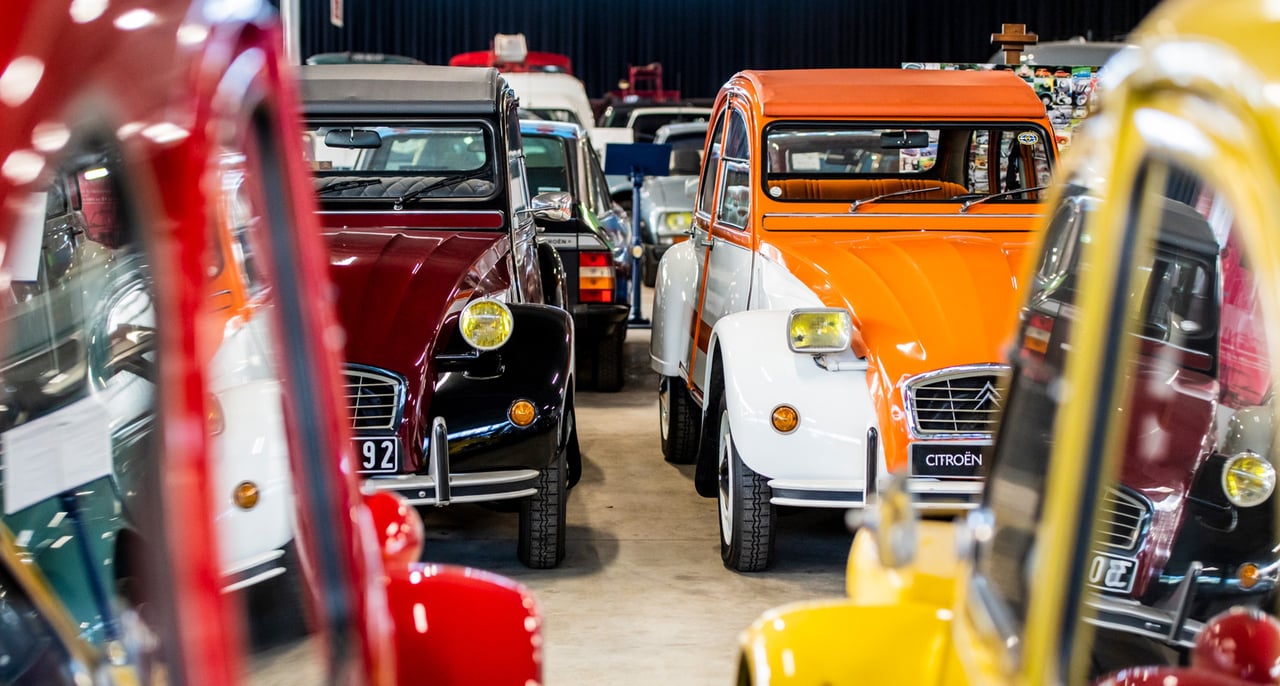
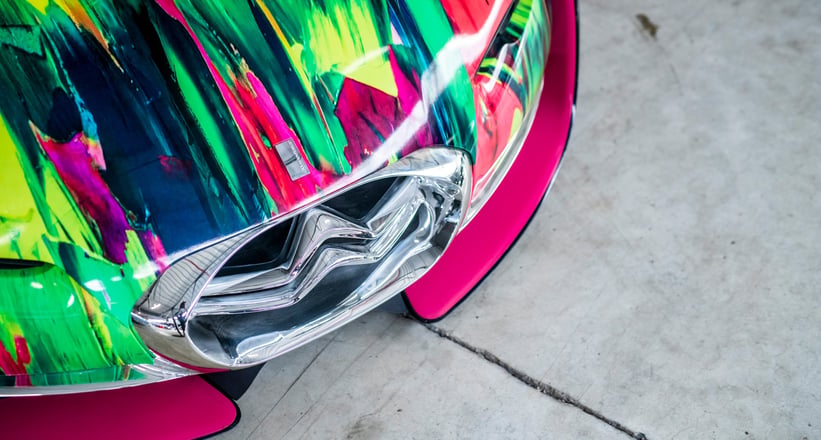

Opened in 2001, the Conservatoire is a special facility used to store the race cars, concept cars, utilitarian vehicles and other vehicles of historical importance for the double chevron, founded just over a century ago in 1919. This is the place where you can see all of the presidential cars, the C4 rally cars and ZX rally raid cars that dominated at WRC and Dakar, the humble C15 van, the French and Spanish workhorse, and everything in between! Located just outside of Charles-de-Gaulle airport, the Conservatoire's existence begs the question: why waste your time in the airport lounge when you can spend it wisely here instead?


Xanthia, Activa, and Activa 2
Entering the Conservatoire, this trio of scarlet-hued automobiles were the first to catch our eye. French concept cars may be the quirkiest out there and the 1986 Xanthia on the right is no different. This concept was first shown to the world at the Paris Auto Show of that year and built on the subframe of the upcoming (and vastly different) AX. It features a barchetta-styled short windshield, hand-sewn leather seats with memory function and as much red as your eyes can see. It is unrelated to the Xantia production model, but the red Activa and Activa 2 on the left teased the hydraulic suspension that would make its way into the XM and Xantia.
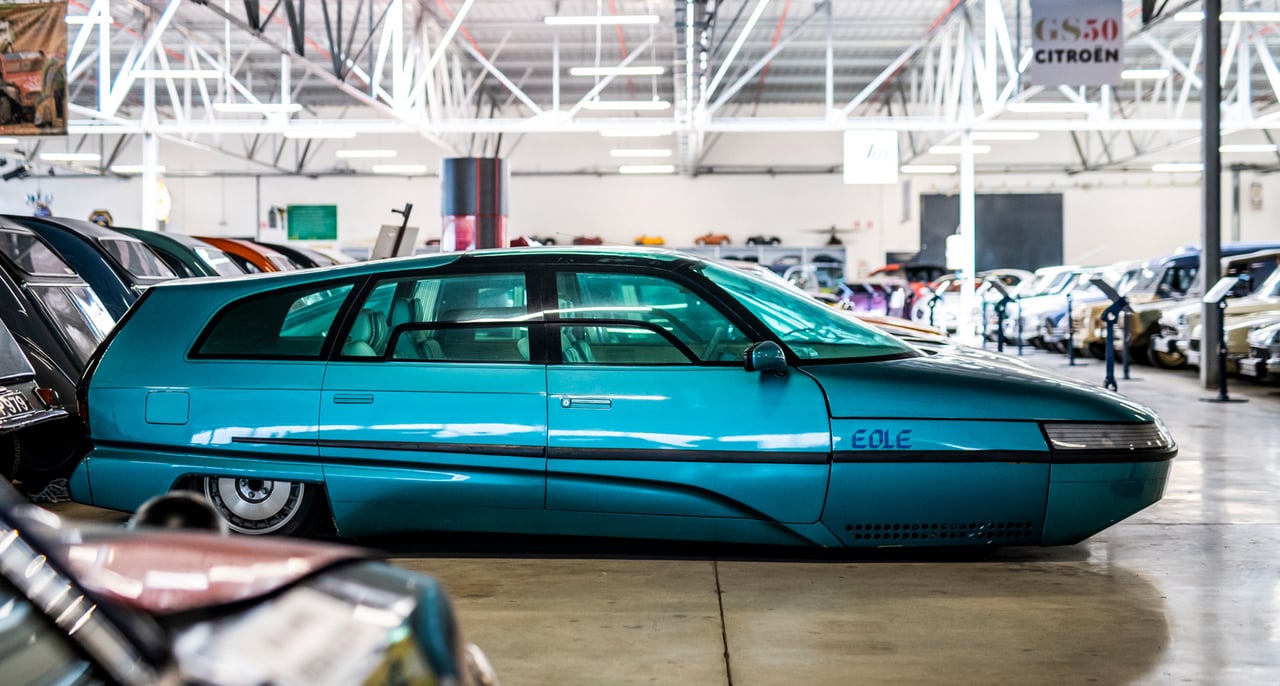
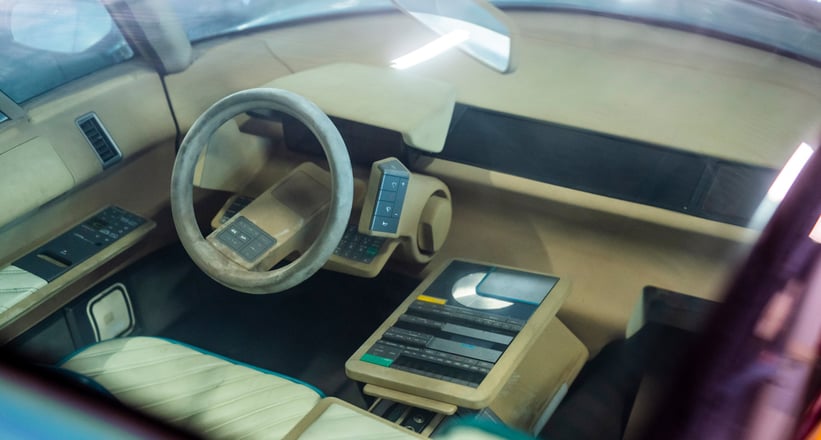
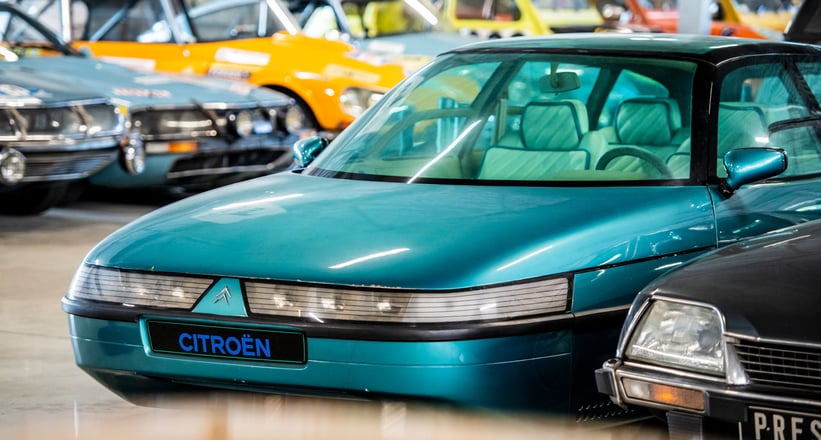
Eole
The Eole is a car built by computers and is filled with computers. The CX-based concept is the creation of ex-Chrysler UK designer Geoffrey Matthews and was aimed at showing Citroën’s prowess in the field of aerodynamics. With a Cd factor of just 0.17, the Eole rivals even the sleekest cars on the market today, primarily thanks to its covered wheels and hydropneumatic suspension that automatically lowers the car at high speeds. The car was equipped with a video game console, TV and even a tactile identification system that engages the transmission, way before such technology would be applied to smartphones!
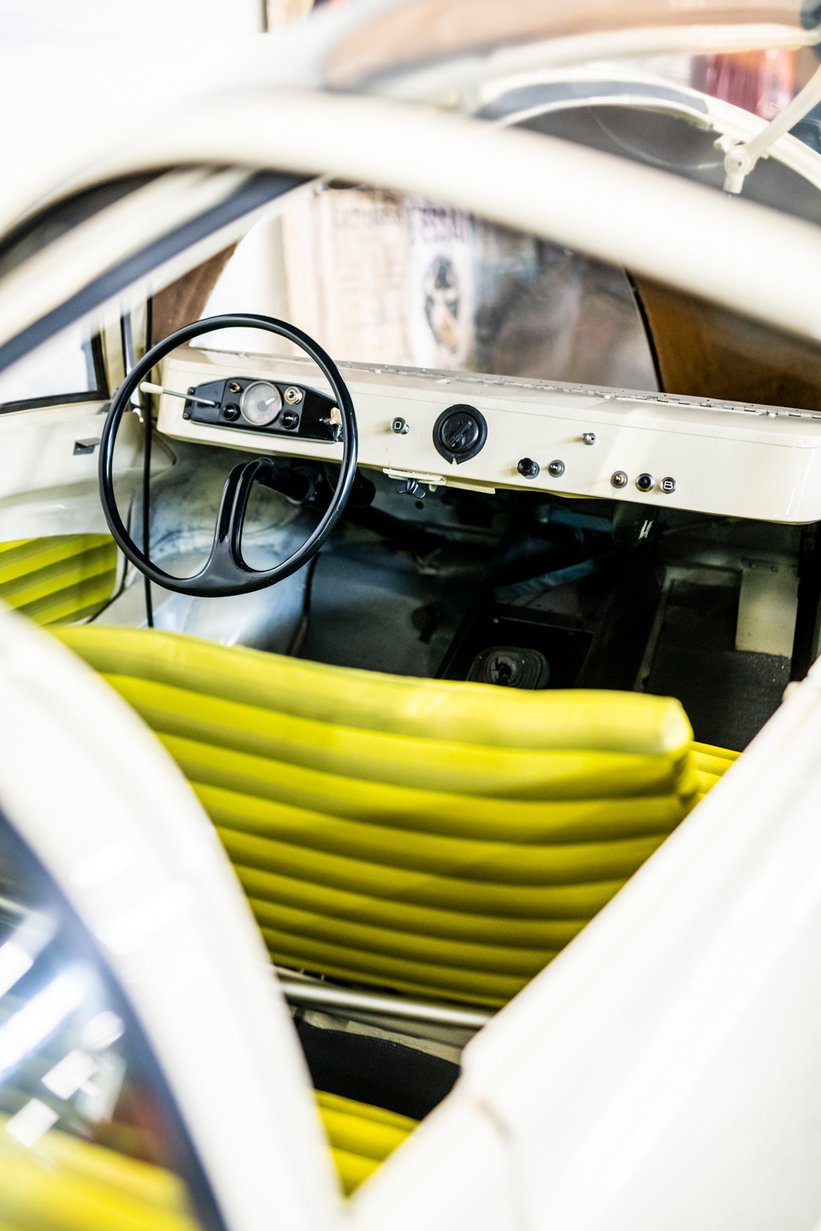
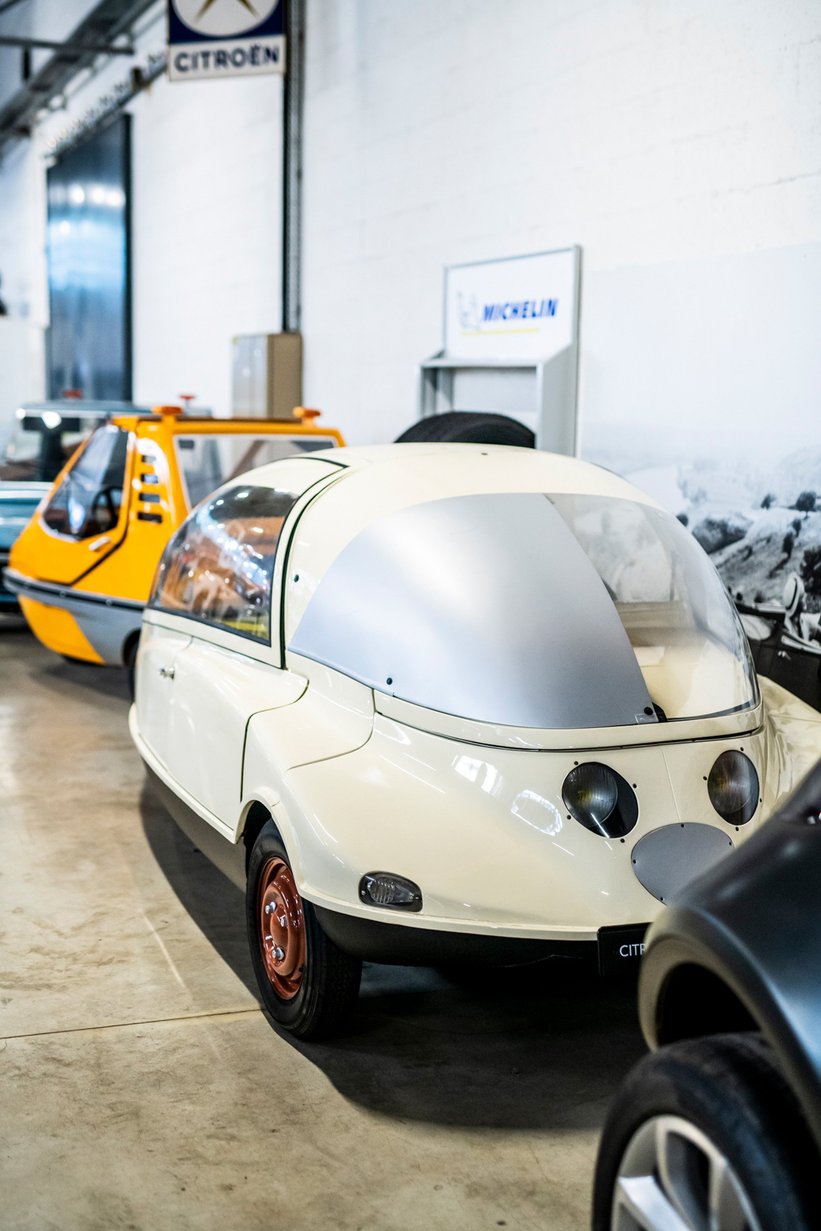
C10
No, this is not a bug, it is actually the final concept from the C family of prototypes built in the early 1950s to bridge the gap between the cheap 2CV and the expensive Traction Avant. This never happened though as the Ami 6 took its place. This tiny bubble-shaped car could seat four people and its teardrop-shaped body made it achieve a Cd factor of just under 0.26. The C10 somewhat precedes the Citroën minivans and the design idea would be picked up by the Xsara Picasso and another concept coming further down in this article. The gullwing-like doors only add to the oddity of this vehicle.
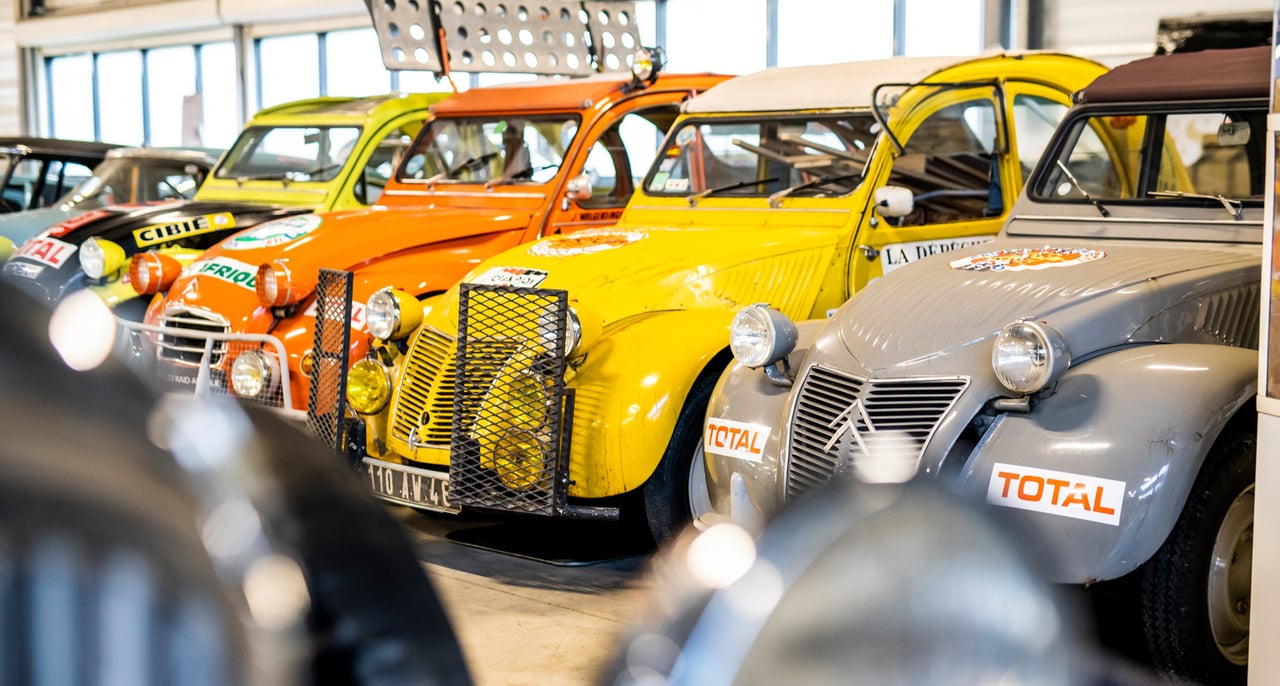
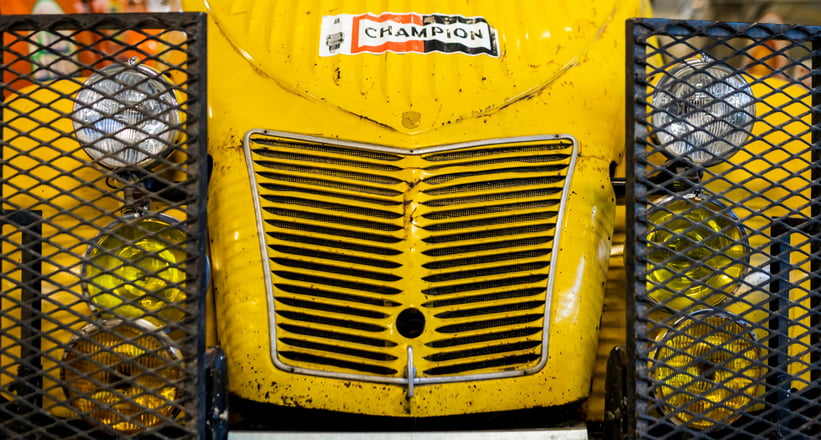
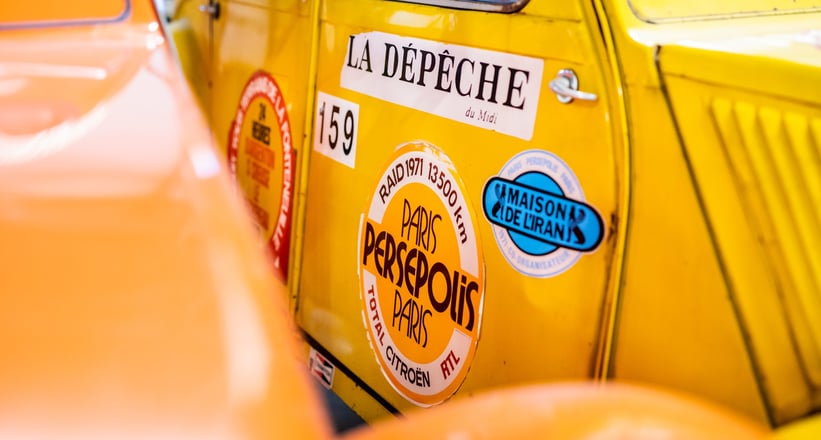
2CV Persepolis Pop Cross
André Citroën had the idea of running his cars on very long expeditions across the world as a marketing plot to show their reliability and capability. The “Crosière Jaune” (“Yellow Rally”) would take its participants through the ancient Silk Road from Lebanon all the way to Beijing and Vietnam and back. In 1971, 500 2CVs participated in the Paris-Persepolis-Paris rally to the South of Iran. The car pictured here, number 159, was driven by Pierre Lacasta and Jean-Paul Martin to 7th place, awarding them a Citroën 2 CV 6 for their achievement. The finishing car is now part of the marque’s collection.
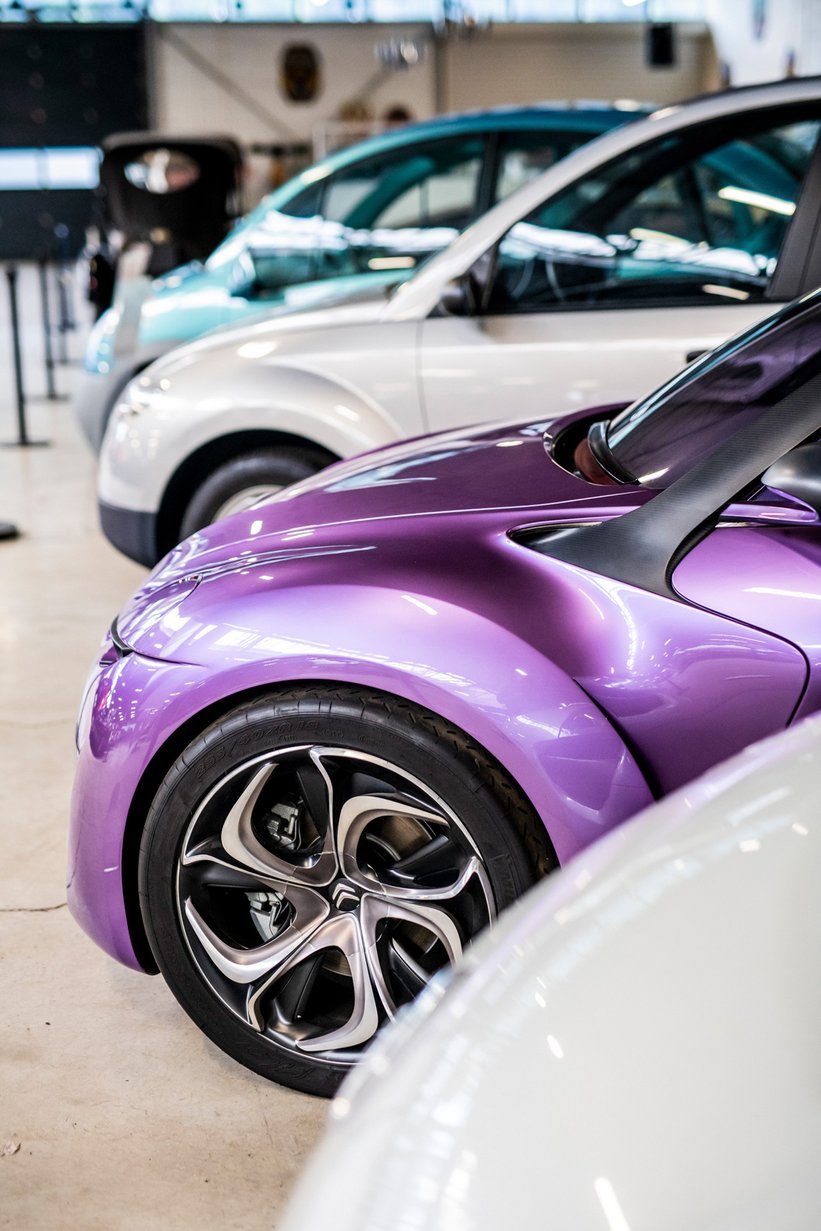

REVOLTe
The 2009 Frankfurt Motor Show was the scene for the unveiling of the REVOLTe, a hybrid city car created as a modern, 21st century reincarnation of the 2CV, now a luxurious, pioneering, eco-friendly sports car as opposed to a simple and rugged car of the people. This stylish supermini is not all about fancy looks and being a chic accessory for the Parisian man or woman, however, as it also gives a glimpse to the future of mobility, thanks to its electrified drivetrain and ability to run in full-electric mode. This theme would be expanded on with the Survolt electric race car concept one year later.
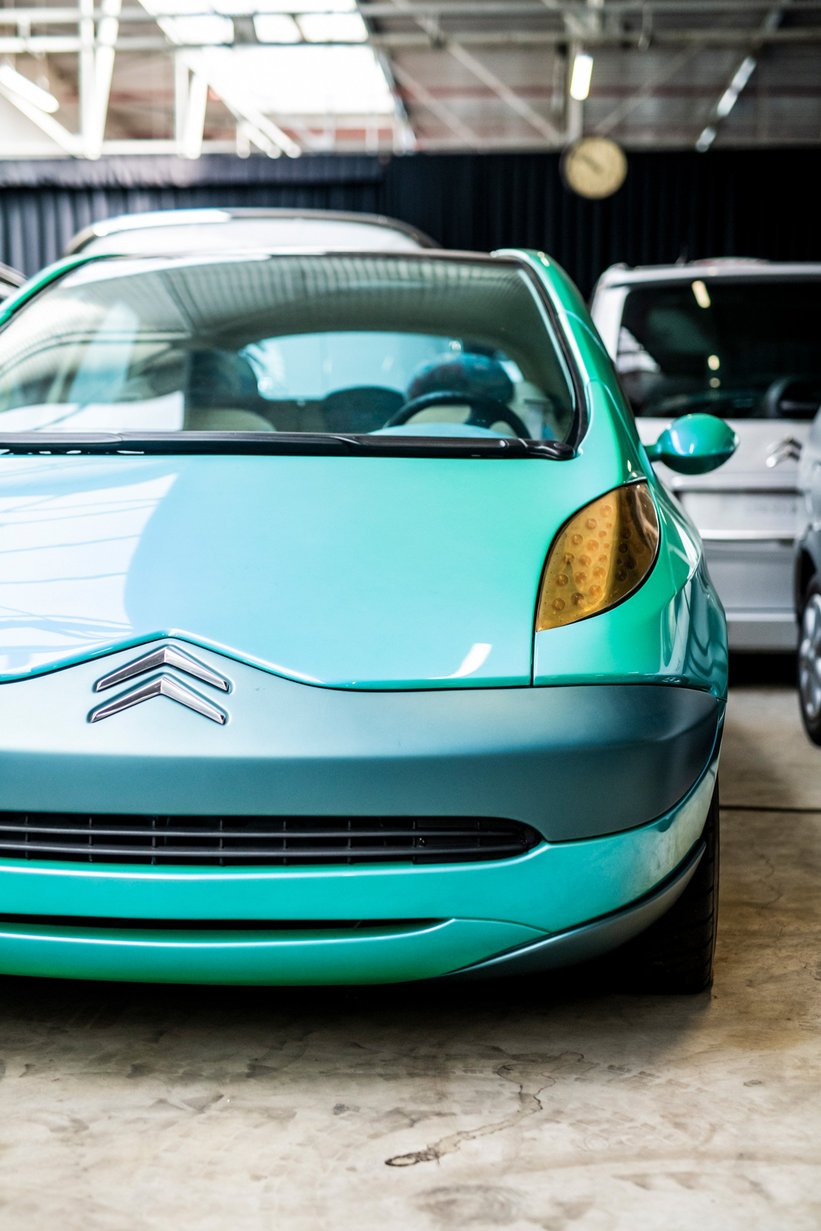
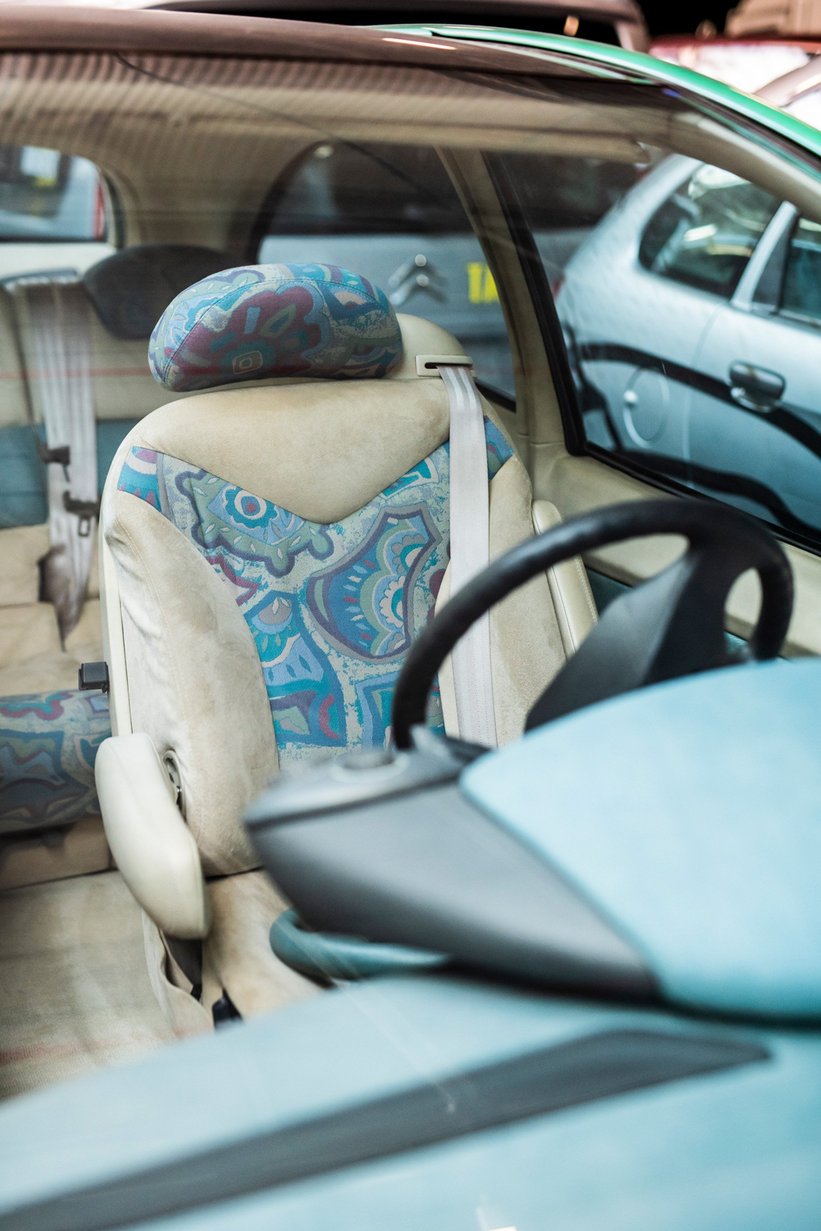
Xanae
Before the Xsara Picasso, there was the Xanae. Before the Xanae, there was the C10. This is the concept car which picked up from where the C10 bubble car left off, attempting to combine the space of a people-carrier with the size of a saloon by maximising interior space and focusing the whole creative process around passenger wellbeing. Suicide doors and the lack of a B-pillar made for a much easier entry and exit from the Xanae, which has a similar length to the C4 hatchback. While the doors and arched panoramic roof might have not made it onto the Xsara Picasso, the efficient packaging certainly did.
The Conservatoire is a statement of the brand’s forward thinking and creativity and the place where hundreds of their cars go to rest. I liked the concepts the most from the models exhibited but there is something for everyone to enjoy!
Photos by Remi Dargegen






























